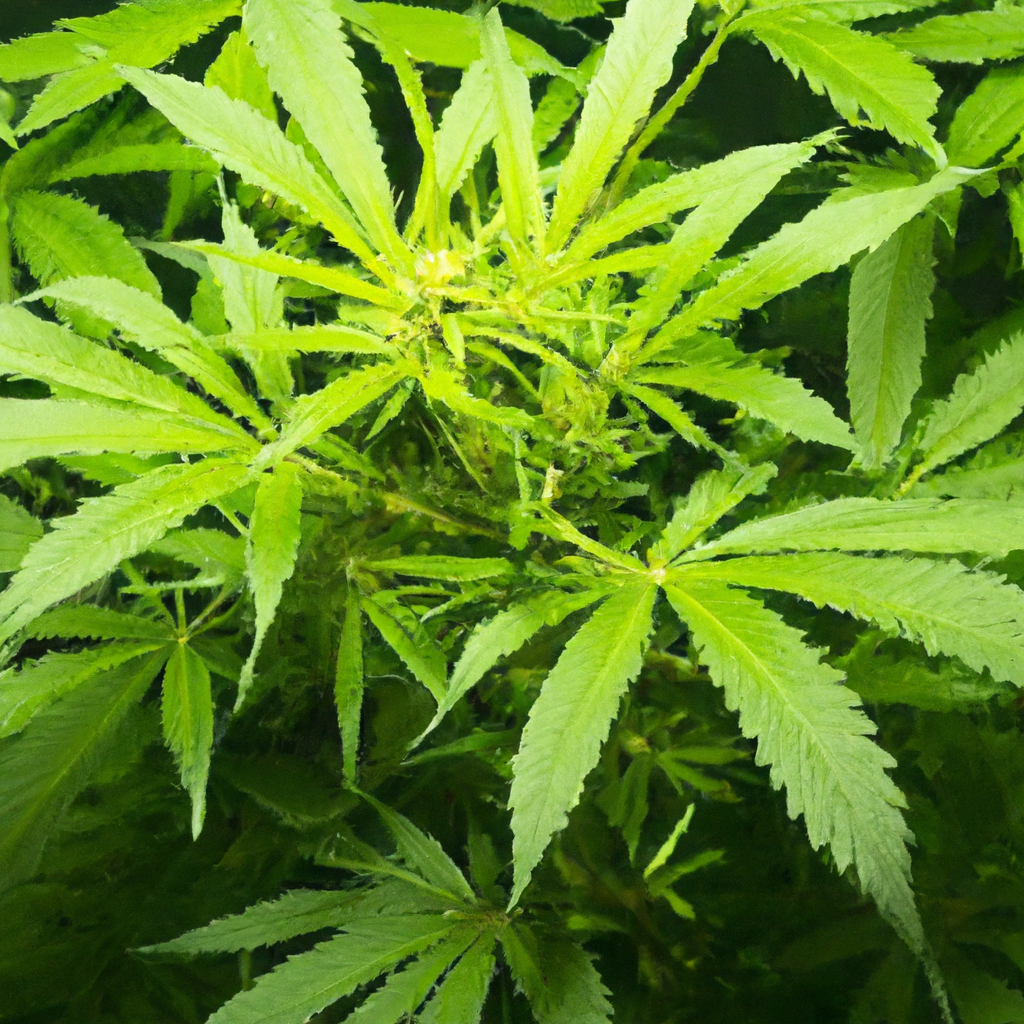Your cart is currently empty!
The world of cannabis cultivation is rich with scientific concepts that directly impact plant health and yield. One of the most crucial processes in this environment is photosynthesis, the natural procedure by which plants convert light into energy. This post delves into understanding how cannabis plants utilize photosynthesis, the role of light, and practical methods to optimize this essential function for better growth and yield.
Understanding Photosynthesis in Cannabis
Photosynthesis is the process by which cannabis plants, like all green plants, convert light energy into chemical energy in the form of glucose. This process occurs primarily in the plant’s leaves and involves two main stages: the light-dependent reactions and the Calvin cycle.
- Light-Dependent Reactions: These reactions take place in the thylakoid membranes of the chloroplasts where sunlight is absorbed by chlorophyll, generating energy-rich compounds like ATP and NADPH.
- Calvin Cycle: Using the ATP and NADPH produced, the Calvin cycle converts carbon dioxide from the air into glucose, which serves as a vital energy source for cannabis growth and development.
The Role of Light in Cannabis Photosynthesis
Light is paramount for photosynthesis and affects cannabis growth significantly. Optimal light conditions can enhance growth speed, health, and yield quality. Here’s how you can optimize light for your cannabis plants:
- Light Spectrum: Cannabis plants require a full spectrum of light, but they particularly thrive under blue and red lights, which support vegetative growth and flowering, respectively.
- Light Intensity: Intensity should be matched with the plant’s stage of growth. Seedlings require lower light levels, whereas flowering plants need higher intensity.
- Light Duration: Light cycles also influence growth. Vegetative stages require longer light periods (18-24 hours), while flowering requires a 12-hour light cycle.
Practical Techniques to Enhance Photosynthesis
To harness the full potential of cannabis through photosynthesis, growers can apply various techniques:
- Adjust Lighting: Use adjustable LED lights to provide the correct spectrum and intensity for all growth stages.
- Supplement CO2: Increasing CO2 concentration can enhance photosynthesis, especially in indoor setups. Consider CO2 enrichment for more robust growth.
- Ensure Proper Ventilation: Good airflow prevents heat damage and helps distribute CO2 evenly, further optimizing photosynthesis.
Conclusion
Understanding and optimizing photosynthesis is a cornerstone of successful cannabis cultivation. By balancing light conditions, enhancing environmental factors like CO2 and airflow, growers can significantly improve plant health and yield. Whether you’re a hobbyist or a commercial grower, prioritize photosynthesis to boost your cannabis crop’s potential.
Tags: CannabisCultivation, LightManagement, CO2 Enrichment, Ventilation, ScientificResearch
Discover more from Magic Clones
Subscribe to get the latest posts sent to your email.


Leave a Reply